Restoring Faith in What We Build
One of the challenges America faces is a growing perception that it is difficult to build innovative, durable products that people interact with. One...
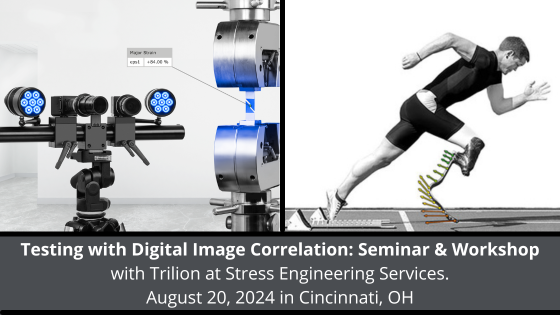
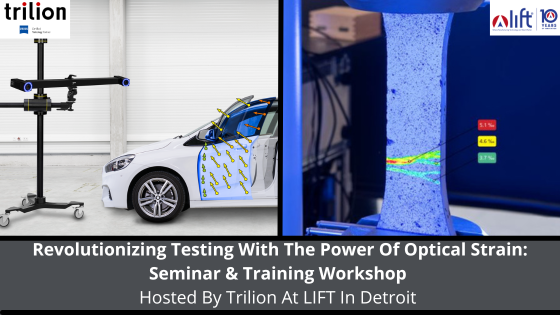
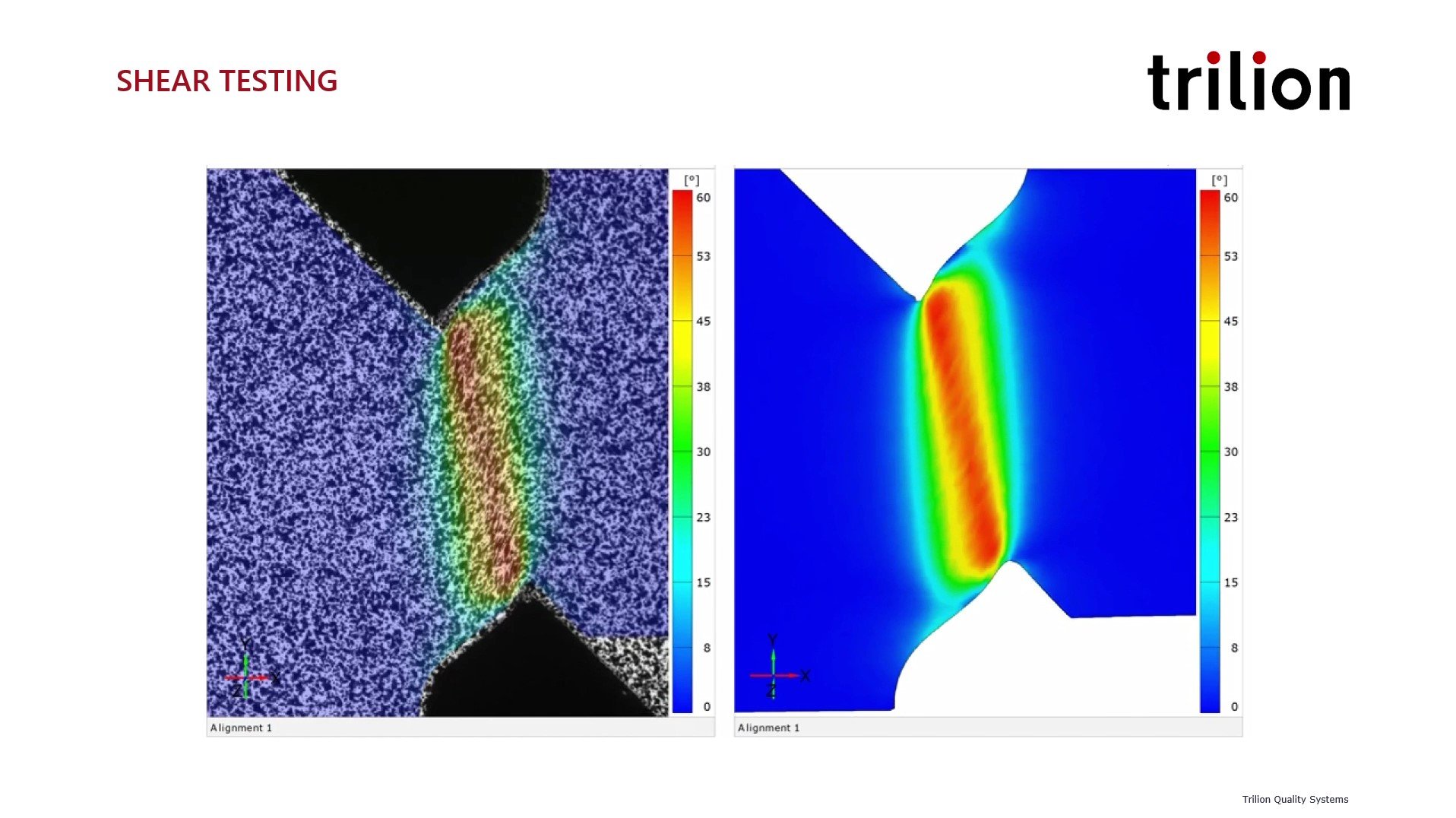
In the face of an economically turbulent future, many companies have turned to operational cuts for savings. This, compounded with public failures of both government and business (think infrastructure failures, aviation disasters, and automotive recalls), puts tremendous pressure on organizations to fix their problems with fewer resources. Digital Image Correlation (DIC) is an essential tool for a lab’s toolkit to help solve these challenges.
What is DIC? Digital Image Correlation is a non-contact optical method that can measure strain and displacement of an object. By capturing a series of images before, during, and after loading and analyzing the changes of the object, DIC provides detailed quantitative data about the object in various conditions.
How Does DIC Reduce Testing Costs?
Lower Labor Cost Requirements: Traditional testing often requires a significant number of skilled technicians to operate machinery, record data, and interpret results. DIC automates much of this process. Once the system is set up and calibrated, its operation can be scripted, capturing and analyzing data in real-time. This means that fewer employees are needed to perform tests, as the technology handles much of the heavy lifting. This reduction does not mean a decrease in employment but rather a reallocation of human resources to more critical areas where human intelligence and creativity are irreplaceable.
Time Savings: The ability to quickly set up tests and obtain results reduces downtime between tests. This allows for more tests to be conducted in a shorter period, accelerating the overall testing cycle and speeding up the time-to-market for new products.
Enhanced Accuracy and Repeatability: Human error is a significant factor in traditional testing methods. DIC reduces this risk by providing accurate and repeatable results. No more gauges missing critical areas of strain!
Minimized Equipment Cost: DIC allows for more comprehensive testing with fewer physical prototypes. By accurately predicting material behavior and failure points, organizations can refine their designs digitally before creating physical models. Afterwards, labs can improve their models with the real-world DIC data. Finally, without having to purchase LVDT, Laser Trackers, Extensometers, String pots, Accelerometers, Laser Vibrometers, and Strain Gauges, millions of dollars of equipment can be replaced by a single DIC system!
Multi-Functional: DIC systems are independent and can work on various applications out of the box. Systems can be modified to make the number of applications endless, so you only need to invest once to upgrade capabilities across many different labs!
Conclusion
Digital Image Correlation can result in cost savings without having to sacrifice accuracy or quality of testing. Doing more with less is not just an advantage but a necessity; DIC stands out as a transformative tool that bridges the gap between efficiency and excellence. To learn more about how we implement DIC with our ARAMIS and how you can save millions of dollars in testing for your lab, reach out to Trilion Quality Systems!
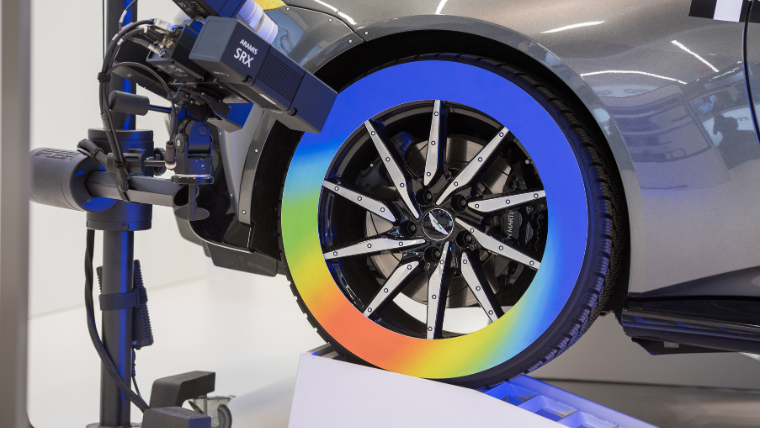
One of the challenges America faces is a growing perception that it is difficult to build innovative, durable products that people interact with. One...

In the face of an economically turbulent future, many companies have turned to operational cuts for savings. This, compounded with public failures of...
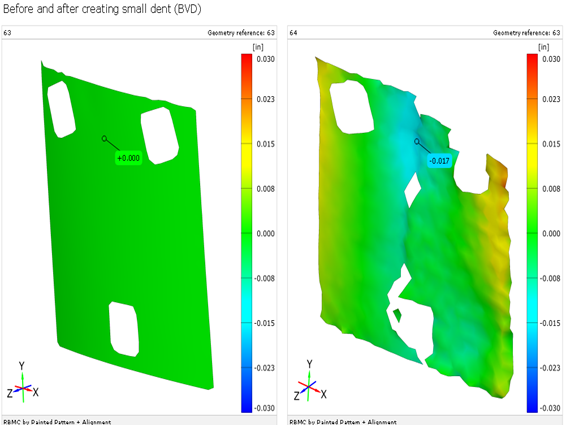
In the realm of aerospace engineering and maintenance, ensuring the integrity of aircraft surfaces is paramount. Even the slightest damage, often...